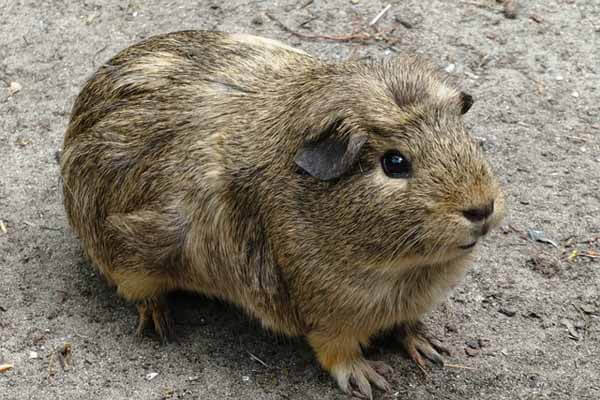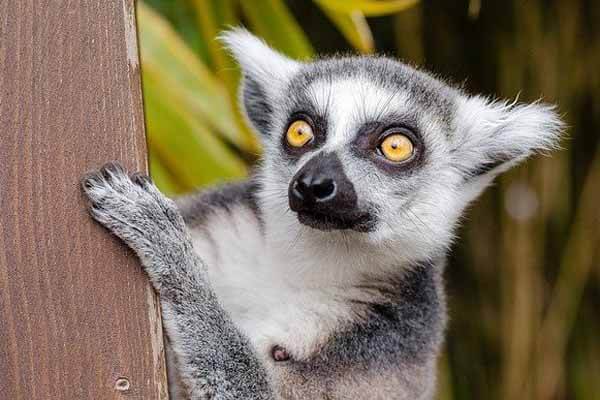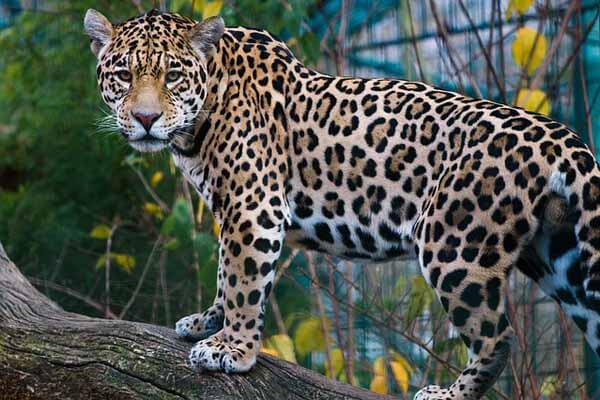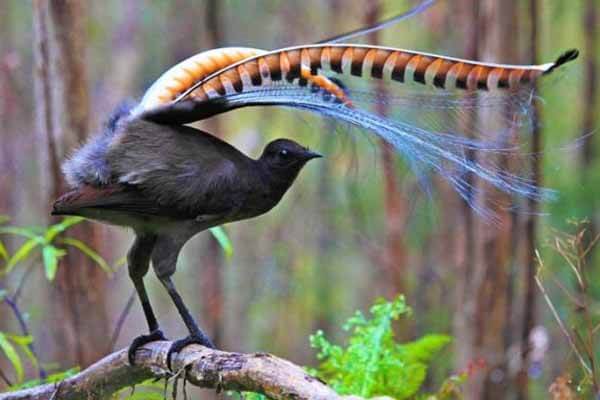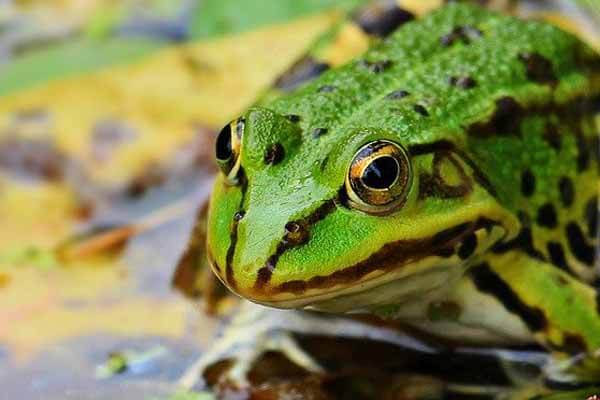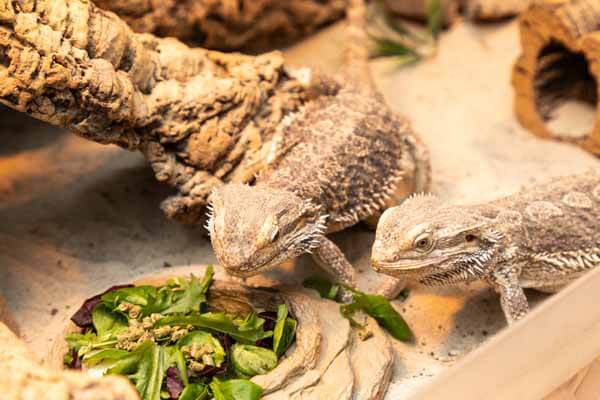Let’s talk about what sparrows eat.
You can recognize these birds by their lively fluttering in the city streets. These active and cheerful birds survive even in severe frosts, as they do not neglect the food they come across. Sparrows are characterized by such traits as cunning, agility, and courage. In this article, you’ll learn about the birds’ seasonal food preferences, as well as how to fatten a sparrow in your hands at home.
The benefits and harms of sparrows
Sparrows belong to omnivorous birds. It is known that a flock of these birds can destroy an entire field of grain in just a few days. However, there are benefits to these voracious birds as well. They prey on harmful insects, the population of which, if unchecked, causes even greater damage to agriculture than the sparrows themselves.
History remembers a case from the last century when, after the mass extermination of sparrows in China, crops were destroyed by beetles and caterpillars. The Chinese were then forced to artificially breed sparrows by purchasing them from neighboring countries.
This shows that small, voracious sparrows are an indispensable cog in the ecosystem, doing important work in it.
Field and house sparrows
People are most familiar with two species of sparrows: house sparrows and field sparrows.
Field sparrows resemble adult male house sparrows in appearance. Their physique has a more graceful shape and the body length is 12-14 cm.
The main distinguishing feature between the species is the different colors of the plumage on the crown. The field sparrow is bright brown, while the house sparrow is dark brown. In the area of the neck and head of the field sparrow, there are dark blotches in the form of spots, and the “collar” is colored white. The wings of house sparrows have one light stripe on them, while those of field sparrows have two.
As for gastronomic preferences, these species have completely the same preferences.
What do sparrows eat in spring?
The mating and nesting period of birds begins with the onset of the first heat. By this time, buds already appear on trees. They become the main nutritious food for sparrows.
While the female is incubating her eggs, her partner is busy procuring food for both of them. Spring food for sparrows includes earthworms, flies, caterpillars, and other critters that have crawled out in the sun after winter. This food is also good for newly hatched chicks.
During the spring months, sparrows benefit the most, as they catch harmful insects not only for themselves but also for their offspring. Statistics show that during this period one pair destroys up to three kilograms of pests per month.
At the same time, sparrows do not stop raiding garden trees and other crops, eating their buds and seeds.
What do sparrows eat in summer?
During the hot season, there is plenty of food for the feathery sparrows. Here’s what sparrows eat in the summer:
- Beetles;
- larvae;
- caterpillars;
- locusts;
- butterflies;
- cereals (wheat, oats, millet);
- seeds; berries; fruits;
- food waste.
Sparrows in the city and the countryside are found at every turn. There are plenty of them in parks, squares, vegetable gardens, fields, as well as near cafes and garbage cans. In summer, birds become especially harmful. Not only do they destroy crops, but also spoil the harvest of ripe fruit on trees. Also, the birds peck grapes and other berries that have ripened by then.
In this regard, agriculture is engaged in controlling the number of sparrows. In this way, a balance is maintained that does not allow both birds and insect pests to actively reproduce.
What do sparrows eat in winter?
Sparrows begin to have serious trouble finding food in the winter. Trees and the ground are left without fruit, and insects disappear completely. This greatly narrows the food search. Birds often die of starvation.
Of the food sources for sparrows, urban dumps, winter berries, cereal-processing plants, and public eating places remain.
Fortunately, humans come to the aid of sparrows in winter by setting up feeders and filling them with bread, grains, sausage, cheese, bits of lard, and other bird treats.
Features of sparrow feeding
To save starving sparrows in winter, you must build a bird feeder that is suitable for them.
To avoid being neighbors with large birds, build a small-sized structure for sparrows. Anything you can think of, such as a plastic bottle or box, will do. Make a hole in it through which only small birds can enter unhindered.
Nutritious food for the sparrow in the winter months is a mix of cereals, leftovers from our table, including bread and protein products, nuts, cereals, seeds. Meat pieces are recommended to be strung on a thick thread and hung from the top of the feeder.
Fill the feeder regularly, as sparrows will stop visiting it if it is empty for a long time.
Feeding a chick sparrow at home
If you find a baby sparrow that has fallen out of the nest and wants to save it from starvation, take care of proper nutrition for the chick. In the wild, its diet consists mainly of insects.
It is not easy to get such food, so give the little sparrow boiled lean meat, pureed in half with oatmeal or crushed boiled egg. Bread baby can be fed no more than once in three days, pre-soaked slice in milk.
The vegetable diet of the nestling sparrow is boiled and pureed beets, carrots, and grated cucumber. Drain excess juice from the vegetables beforehand. Calcium will be obtained by including ground chalk in the menu.
Do not salt cooked products.
If the baby refuses food, gently push it down its throat, holding its open beak with tweezers. Feed the sparrow with water, using an eyedropper.
Feed the little sparrow every two hours. If you feel you can’t handle it all, don’t pick up the fallen chicks.
Principles of caring for a sick sparrow
It happens that an adult sparrow comes into human hands with a physical defect or ailment. A balanced diet will help to get him out.
Protein should be the basis of the menu. Insects (worms and larvae) can be purchased at a fishing store or pet store. If they are difficult to obtain, give preference to parrot food, berries, boiled or raw meat, grated boiled carrots, chicken eggs, and fresh clean water. If vitamins are lacking, introduce a special mixture into the diet that the veterinarian recommends.
If the bird can eat on its own, put a feeder with food and water in front of it. Otherwise, use tweezers and a dropper.
Foods that are forbidden to sparrows
Exclude rye and baked goods containing it from the sparrow’s home diet. This cereal lowers the acidity of the stomach, which leads to an upset digestive system of the bird.
Also, eliminate smoked and salty foods from the bird’s diet. Sunflower or pumpkin seeds are only suitable in raw form. All fried foods, including seeds, cause irregularities in the body.
Be careful with pulses, too. They are rich in protein, but they hinder proper digestion.
Of course, in the wild, sparrows don’t shun these foods because it’s all about survival. But if you do not want the bird to stain your home with numerous feces and die of inflammation of the gastrointestinal tract, heed our advice. If you learned something new and interesting from this article, leave a comment under it, and share it with your friends on social networks.
What do sparrows eat? Sparrows diet
If you’re wondering what do sparrows eat, you’re not alone. Most species of birds, including sparrows, prefer food that is easy to digest, such as softened lard or melted suet. These are easily molded into blocks or balls and hung from a branch. Fruit is always welcome, and sparrows are no exception. The universal favorite is the apple, but many other fruits are popular as well. Avoid leaving the fruit to rot, as it can upset their stomachs and attract pests.
A sparrow’s diet is composed mainly of protein, including insects. The best option is to purchase the insects at a pet store or fishing store. However, if you are not able to find any insects in your area, you can substitute boiled meat, berries, or grated carrots with fresh water. A veterinarian can also prescribe a special vitamin mix for sparrows. You can also feed sparrows your own food. The main ingredient is peanuts, but avoid whole peanuts because they can cause choking hazards for your sparrow.
A house sparrow’s diet is predominantly vegetarian and includes grass seed, weed seeds, and the seeds of various plants. Breadcrumbs soaked in water and placed in their nestling’s belly are a perfect option for sparrows. These are largely vegetarian and will live on seeds of plants, including the seeds of grass. A sparrow’s diet is highly correlated with their population, but this doesn’t mean they are completely off-limits.
A sparrow’s diet should contain protein. You can buy some insects at a pet store, or you can give your bird parrot food. You can also feed your sparrow mealworms and suet, as these foods contain a high percentage of fat and protein. If you don’t want to provide these to your sparrow, then you can buy them from a pet store. A good source of healthy food for sparrows is a seed and mealworm treat cake like Kaytee Seed and Mealworm Treat Cake.
The diet of a sparrow is very diverse. The species is primarily composed of insects and invertebrates, though it will also eat small animals, such as lizards and frogs. Their food is varied and varies according to their location and species. When you have a sparrow feeder in your yard, you can place it in different areas of your yard. If the birds don’t find food, they may try to avoid your yard.
While sparrows eat mainly insects, they also eat a variety of plants. Their preferred food is ragweed, crabgrass, and various kinds of flowers and buds. You can give your sparrows a slice of bread or some bread crumbs soaked in water. But be sure to let them soak for a few hours in water first. Adult sparrows may also eat the bread crumbs you put in their nest, but they’ll often be too chewy for them.
While sparrows are often more finicky when young, they are not as fussy as they are as adults. In summer, they don’t need insect food, but they do need food throughout the day. They can eat bread and baked goods, and they will even eat the leftovers of fast-food restaurants and bakery items. They also love chopped nuts and other foods. When given the right environment, they’ll thrive.
The sparrow is a brazen and lively bird that loves to feast at bird feeders. You can feed them commercial bird seeds like sunflower seeds, millet, and corn. Ensure that their food is rich in dietary fiber, and they will eat a variety of other foods. They also love to dust-bathe. They also like to live near trees and other sources of food. But when it comes to feeding, it’s best to stick with sunflower seeds.
The most common foods for house sparrows include grains and seeds. They also eat discarded foods in cities. Other common foods include corn, wheat, and sorghum. If you don’t want to feed these birds with wild food, place a feeder near a dense bush or thicket. The sparrows will love it, and they will even make a meal out of your scraps.
